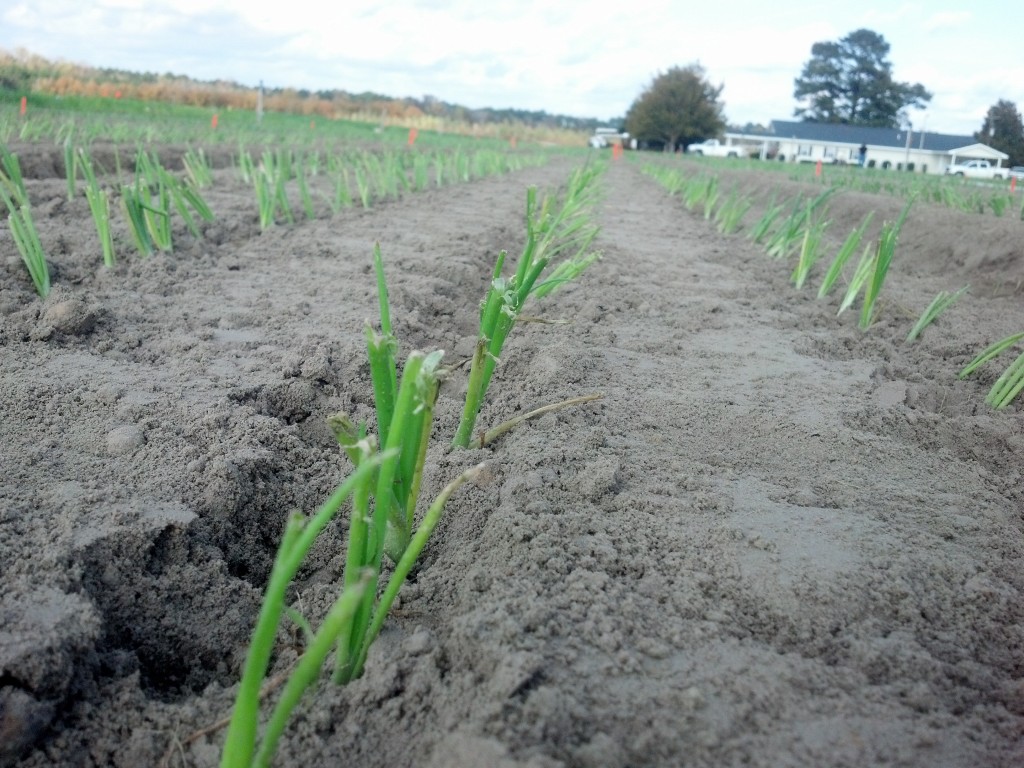Usually, during this time of year most growers are not concerned about treating for many if any pests in a citrus orchard. However, Derrick and myself were checking for freeze injury at the VOVRC citrus orchard we saw several trees with Greasy Spot (Mycosphaerella citri) and Alternaria Brown Spot (Alternaria alternata).
Alternaria spores are airborne, and most spores are on tree leaves that have recently fallen. Trees should be planted from disease free nursery stock. Trees can be disease free for many years even if the disease is present if trees are healthy. Ensuring that plants are in locations with adequate airflow can greatly reduce disease incidence.
There has been documented resistance to strobilurins in most parts of the Florida tangerine production areas. Strobilurin fungicides should not be applied more than four times in a season. Never use more than two applications of the same mode of action. (University of Florida Citrus Production Guide page 193-195).
For control of Alternaria use copper fungicides as well as strobilurin fungicides (Abound, Pristine, or Quadris Top).
Greasy spot is another disease that can become problematic on citrus that will be shipped for fresh markets. Warm humid nights, with high rainfall promote infection. Defoliation can become an issue if this pathogen is left unchecked. Control of this pathogen is similar to that of Alternaria; however application of a strobilurin should not be applied more than once per year. So if you do spray an strobulirin remember to rotate away from this chemistry. Copper fungicides are also effective. (University of Florida, Citrus Production Guide page 175-176).


